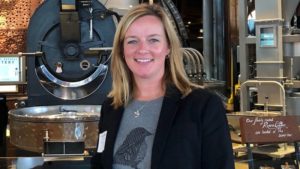Chicago, IL – Steadfast, a leader for over 20 years in complex cloud consulting, engineering, and managed hosting, has partnered with Wasabi® Hot Cloud Storage, to deliver disruptively low cost, fast and reliable cloud storage with no fees for egress or API requests.
Strengthening Storage Backups Options, Affordably
Wasabi provides simple, predictable, and affordable hot cloud storage for businesses all over the world. It enables organizations to store and instantly access an infinite amount of data at 1/5th the price of the competition with no complex tiers or unpredictable egress fees.
This new partnership allows Steadfast customers to transform their data from a commodity into a strategic competitive weapon by enabling them to keep all of their data affordably and giving them immediate access to the data that will allow them to innovate their business for future success.

The addition of Wasabi not only adds a new hot cloud storage option to the Steadfast portfolio, it strengthens existing Steadfast Backup and Replication solutions built on Veeam, including Microsoft Office 365 email backup services.

Interested in Learning More?
If you would like to learn how Steadfast can help your organization better back up and store your business data with Veeam and Wasabi, request a consultation with us or reach out to us via the contact information below.
About Steadfast
We make IT work, so you can take care of business. Specialists in Cloud Consulting, Engineering and Hosting for over 20 years, Steadfast offers customized services at all stages of design and deployment to maintenance and expansion planning. As an extension of your team, Steadfast will ease technology constraints, making your life easier so you can Strengthen Your Focus on your core business. www.steadfast.net
Contact Steadfast
Tim Monner
VP, Marketing and Business Development
888.281.9449 ext. 240
tim.monner@steadfast.com
Originally published here!

